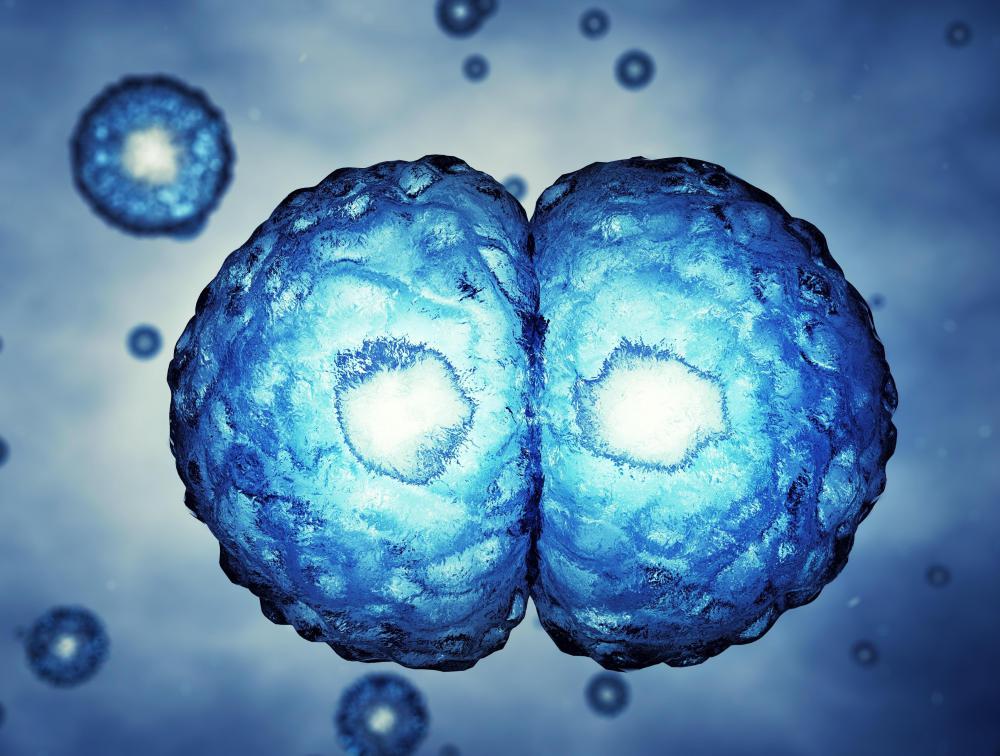At WiseGEEK, we're committed to delivering accurate, trustworthy information. Our expert-authored content is rigorously fact-checked and sourced from credible authorities. Discover how we uphold the highest standards in providing you with reliable knowledge.
What is Cell Adhesion?
Cell adhesion occurs when one cell binds to another surface, such as another cell or some other inanimate surface. To accomplish this binding, cell adhesion molecules(CAMs) serve as intermediates that hold the cell to another surface. CAMs are proteins that can generally be found on the surface of a cell's membrane. Many different kinds of cells in plants, animals, and other organisms must be bound together for a variety of different purposes, such as nutrient transfer and structural support. Cells often bind to the extracellular matrix, which exists outside of an organism's cells and which provides structural support while providing many other important functions.
There are several different kinds of cell adhesion proteins, but most work toward the general purpose of binding a cell to another surface. These proteins generally have three primary aspects. The intercellular domain is able to interact with and bind to a cell's cytoskeleton, a protein structure within the cell's cytoplasm that maintains cellular structure and shape. The transmembrane domain is able to interact with and bind to a cell's outer membrane. The extracellular domain binds with objects outside of the cell, such as other cell adhesion proteins or the extracellular matrix.

The extracellular matrix is commonly involved in cell adhesion because it provides structure and organization to large groups of cells and must be physically connected to them to do so. The extracellular matrix composes tissue that is commonly referred to as connective tissue in animals. Structure is the primary purpose of the extracellular matrix; it holds cells together as cells bind to it through cell adhesion and it prevents groups of cells that must be kept apart from coming together. It also regulates and directs chemical communication between cells, ensuring that cells do not receive too many unnecessary stimuli.
Cell adhesion processes differ by organism type or other agents, such as viruses. It is a common process in eukaryotic organisms and is used for many purposes such as binding some specialized cells to blood cells when necessary. Adhesion also occurs in prokaryotes such as bacteria; a bacteria must first bind to a host before it can infect it, for instance. Adhesion molecules in bacteria and other prokaryotes are usually called adhesins. Even viruses use cell adhesion, though they are not typically considered to be organisms; they use adhesion to bind to the cells that they invade and control.
AS FEATURED ON:
AS FEATURED ON:











Discussion Comments
I got my two fingers on my right hand badly cut on a table saw. The doctor said that I lost the tendon on both of them. I saw a clip online that showed an elderly man who had his fingers cut and was healed with the product Extra Cellular Matrix. I want to know how I can order or have a sample to use on my fingers. I am very interested in that product because I need to use my right to start working again. It's been six weeks ago that I had my accident.
Post your comments